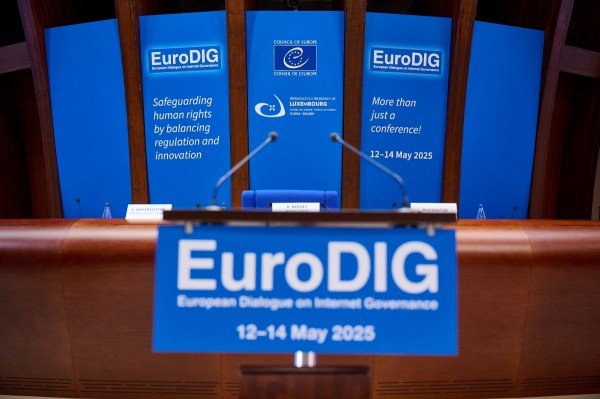What is digital inclusion?
Inclusion is the process by which people at risk of exclusion have the same resources with which to participate on equal terms in economic, cultural or social life.
The aim of inclusion is for the whole population to be able to enjoy a fair and equal way of life by accessing fundamental rights and participating in decisions that affect society as a whole.
Such is the importance of e-inclusion that the UN considers internet access to be crucial for the exercise of already recognised human rights, such as freedom of expression or access to information.
Specifically, back in June 2016, the organisation spoke of ‘the importance of a human rights-based approach to facilitating and expanding access to the internet and calls on all States to do their utmost to bridge the multiple forms of the digital divide’.
Thus, we could define digital inclusion as a component that helps to advance society prosperously and equitably in the digital age through equal access to technology and digital skills.
Digital inclusion versus digital divide
At the antipodes of digital inclusion is the digital divide, understood as inequality in access to and use of ICTs based on issues such as gender, age, socio-economic status or geographical aspects.
It is the task of administrations, civil organisations and companies to try to provide the population with basic digital skills and, in this way, to reduce it through different strategies in the different groups that suffer from it.
Social inclusion is impossible and unthinkable without connectivity, although it goes beyond this. The barriers that limit the effective use of digital services must also be removed, through educational and training programmes that help to develop digital skills by taking advantage of the opportunities offered by technology.
Advantages of digital inclusion
The acquisition of the digital skills we have just mentioned helps all groups to participate in the digital society, on the basis that this promotion of digital skills (together with issues such as the deployment of infrastructures, inclusive digital access and the responsible use of technology) are fundamental to achieving an information society without exclusion.
Some of the benefits of e-inclusion include:
- Increased access to both knowledge and information, without losing sight of the problem of fake news and misinformation, although technology can also be an ally against fake news.
- Help in accessing public services such as health or education, offering new learning opportunities or promoting different skills.
- Employment opportunities, as digital skills are more in demand. Digital inclusion increases job opportunities.
- Economic development, thanks to the promotion of innovation and, as mentioned above, the creation of new related professions.
- Social inclusion by fostering connections between different people through participation in virtual communities. Access to social or health services also boosts this social inclusion.
Examples of digital inlcusion
Advancing digital inclusion and continuing to bridge the digital divide can be done through numerous initiatives.
Here are a few examples:
- Digital literacy. Different types of organisations offer programmes that help to digitally empower different groups, such as the elderly or people with disabilities.
- Online education. In addition to the digital literacy mentioned above, digital education is another example of how to move towards digital inclusion. Without physical or geographical barriers, online education allows people to continue their education in a different way than was the case not so long ago.
- Expanding connectivity. As mentioned above, connectivity is indispensable for social inclusion. There are different initiatives to improve connectivity, with many differences depending on the geographical region.
- Inclusive technology. Adapting access for people with different abilities from different devices, making it possible for them to use them.
Telefónica and digital inclusion
Telefónica is a leader in digital inclusion according to the World Benchmarking Alliance from 2021 for promoting a more inclusive economy and society, as stated in the 2023 Management and Sustainability (ESG) Report.
The company is committed to bringing the best connectivity and the latest technology to everyone, advocating ethical digitalisation with a focus on people. In fact, 92% of the population in the markets in which it operates are covered by 4G/LTE mobile broadband coverage, reaching 96% in the four main markets (Spain, United Kingdom, Germany and Brazil).
In addition, more than one million people have been trained in digital skills to improve their skills and employability.
For all these reasons, digital inclusion is a transversal value throughout Telefónica, and the commitment to it -as well as more specific aspects such as the responsible use of technology, accessibility and promoting digital skills- is set out in the Business Principles and Policies.








